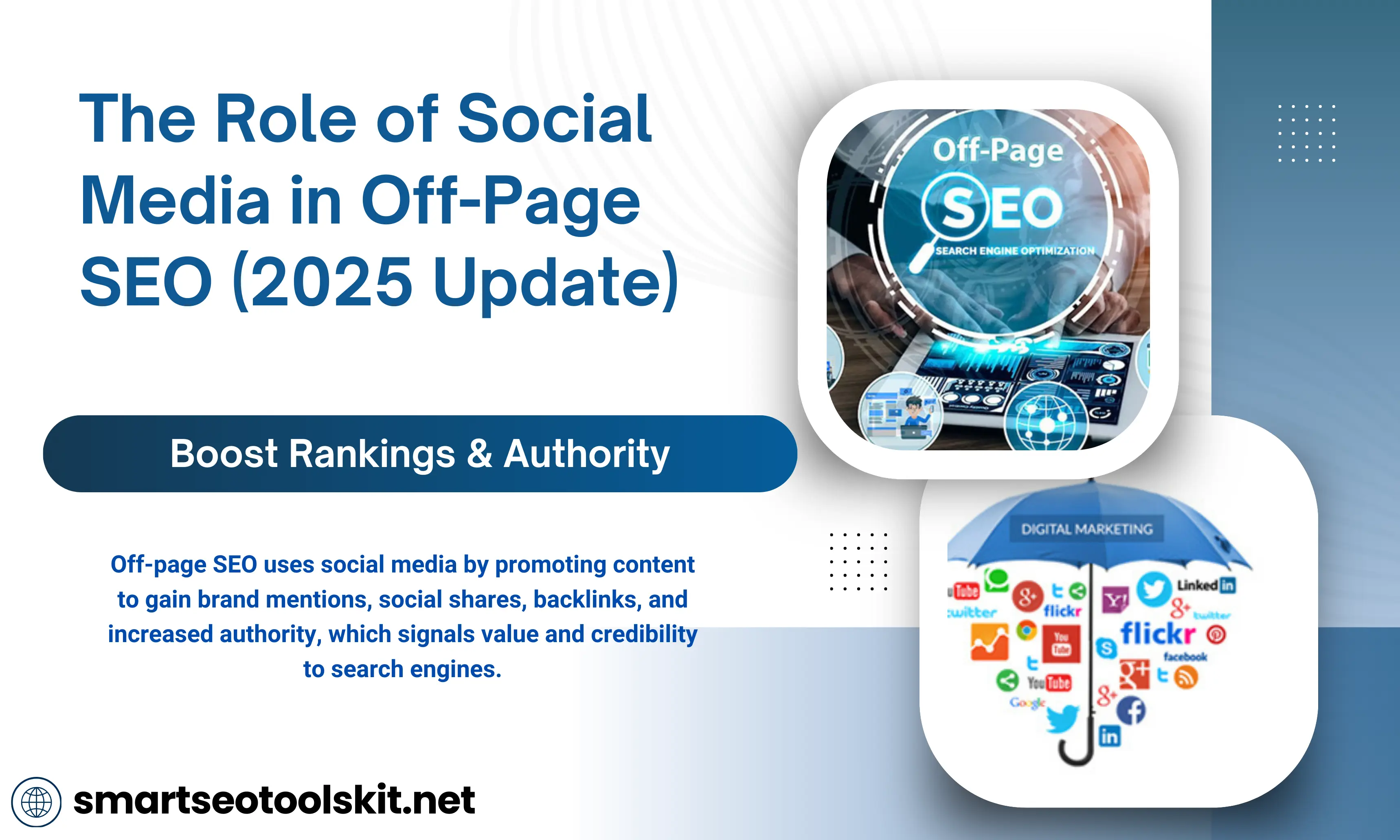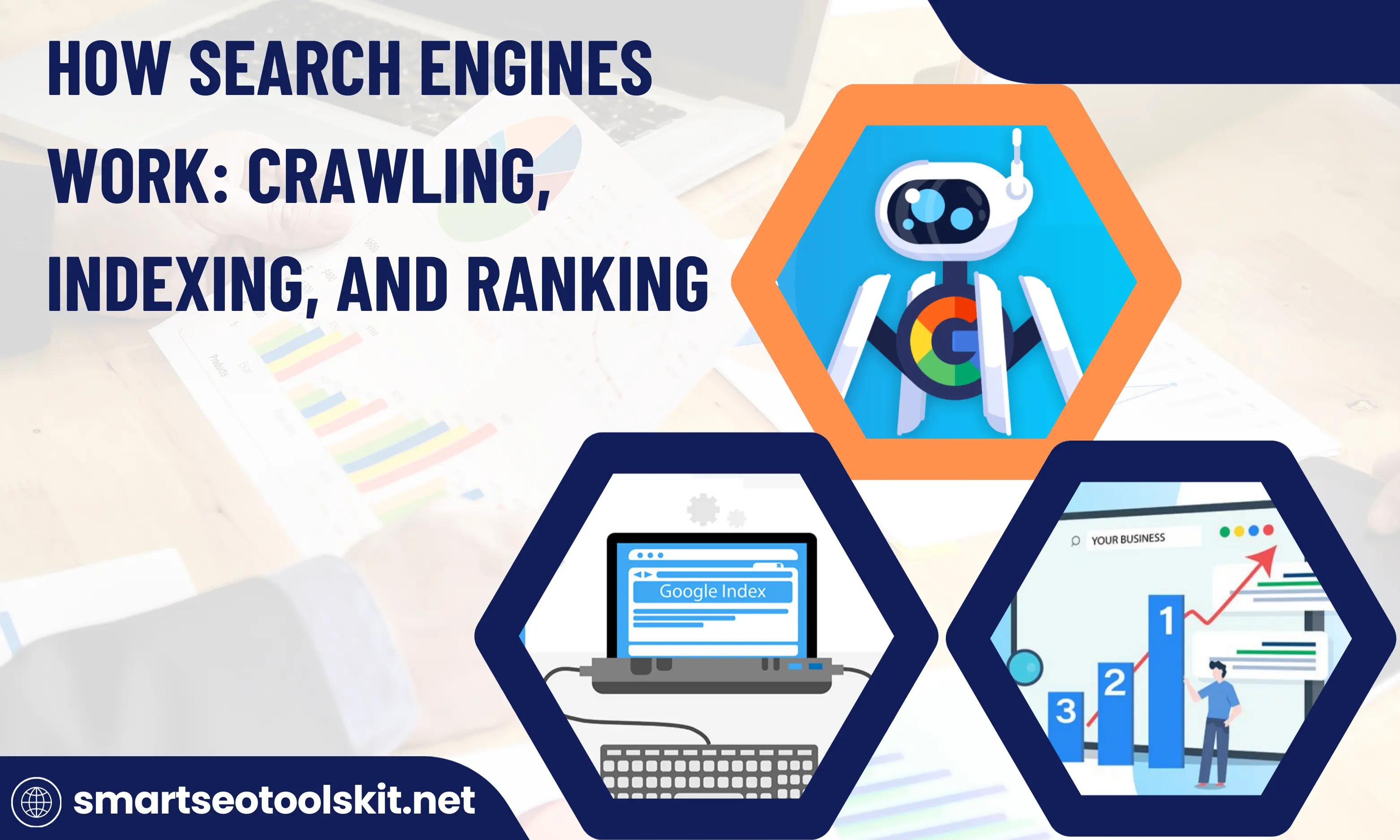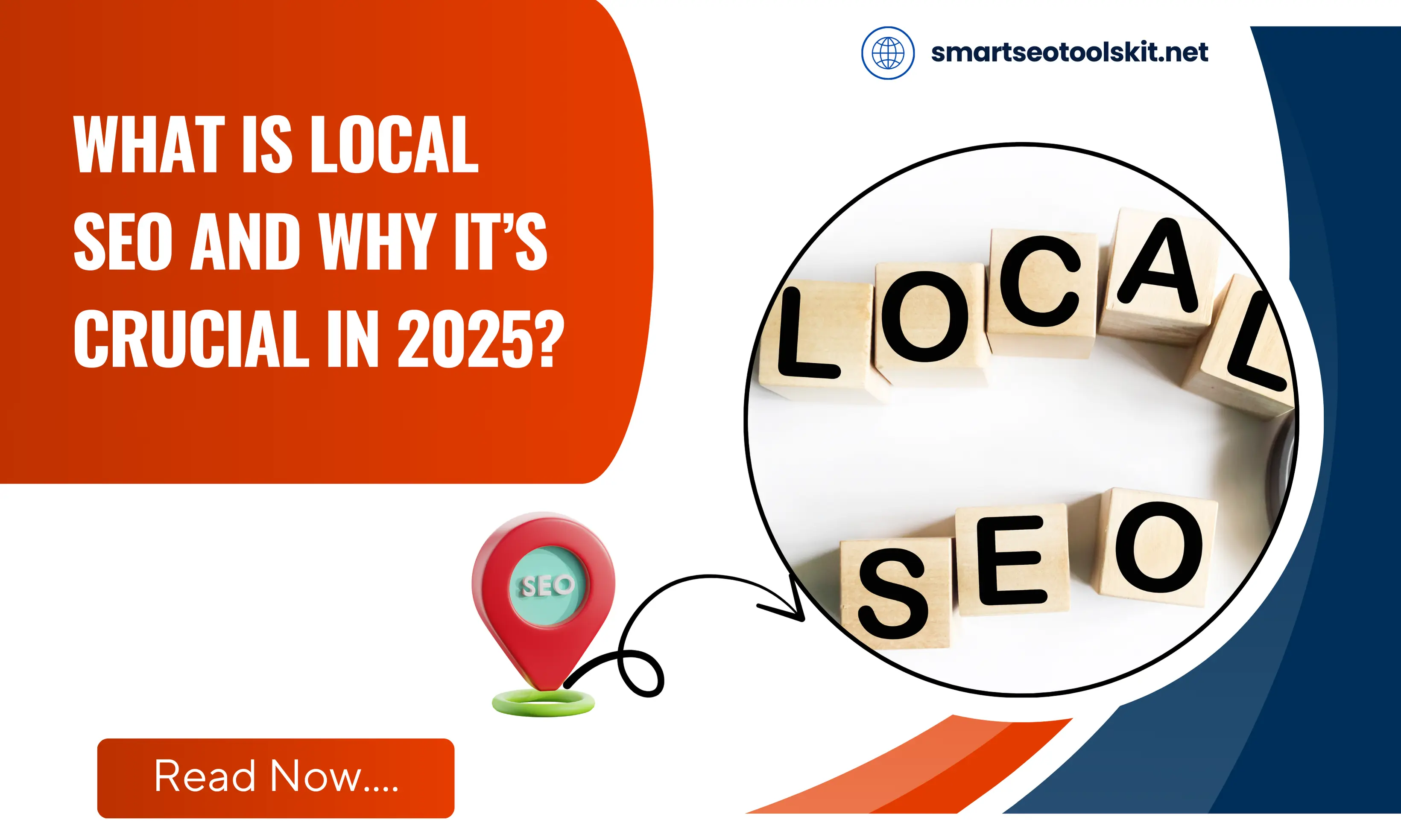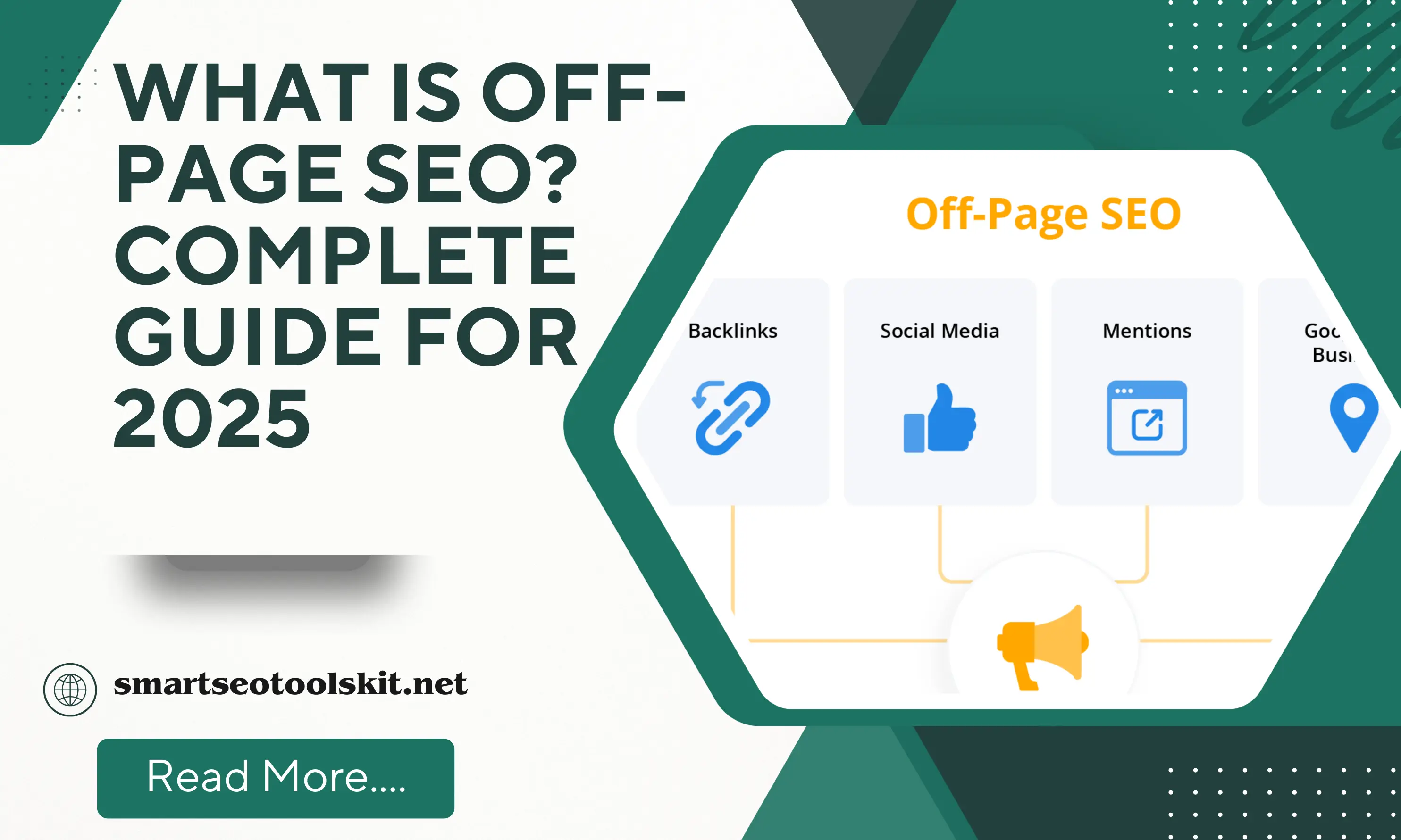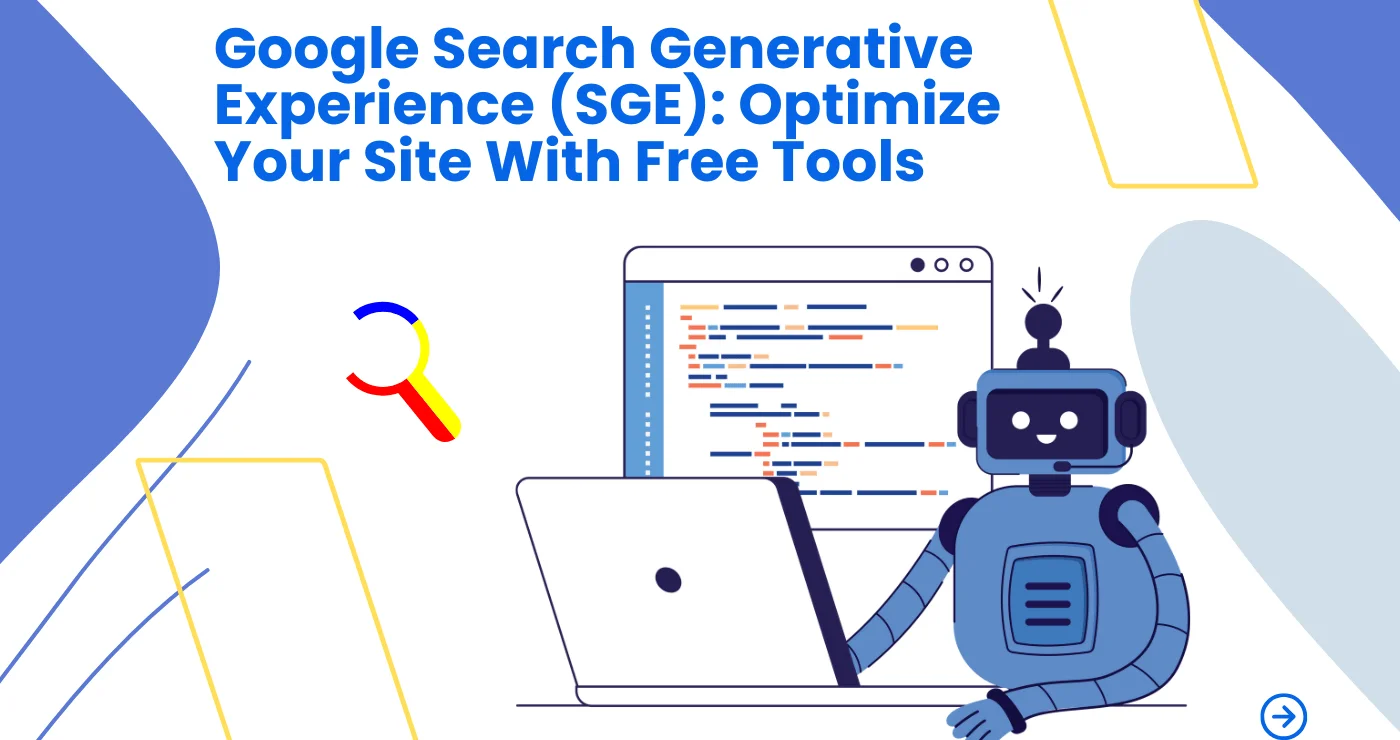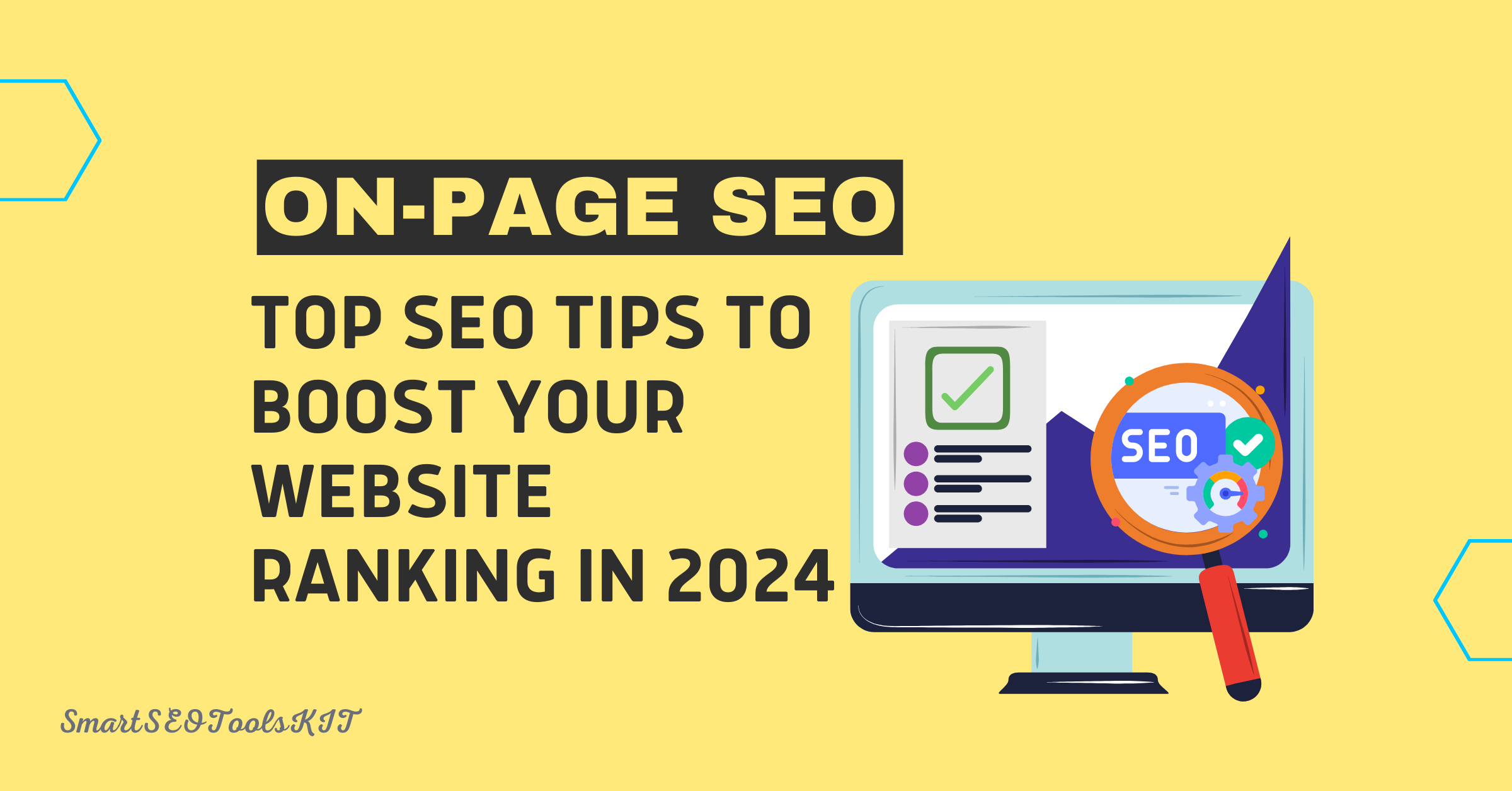Have you ever visited a website that took time to load? You probably got frustrated and left, right? That’s exactly what your visitors do when your website is slow.
If your site loads in more than 3 seconds, you could lose half of your visitors. Google also ranks faster websites higher in search results. Do you know slow sites reduce conversions and hurt your business.
A slow website not only drives people away but also affects your credibility. Imagine you are running an online store, and your customers can’t browse your products smoothly, then there are high chances, they’ll switch to your competitor website that loads fast. Even if you have great content, no one will wait if your page doesn’t load quickly.
The good news? You can easily check your website speed and fix issues. This guide will show you how to test your site’s speed, understand the results, and improve website performance. By the end, your website will be faster, smoother, and more user-friendly.
So without wasting let's start our journey of making website fast and loads quickly.
Why Website Speed is Important?
Before we dive into testing, let’s talk about why speed matters so much. Many people think a small delay won’t make a big difference, but in reality, it does.
- Keeps visitors happy – People expect websites to load in under three seconds. If it takes longer, they’ll leave without interacting.
- Improves SEO – Google uses website speed as a ranking factor. Faster sites appear higher in search results, meaning more traffic.
- Boosts conversions – A slow site can drive customers away. Studies show that even a one-second delay can drop conversions by 7%.
- Reduces bounce rate – If a page doesn’t load quickly, users will exit immediately, increasing your bounce rate and lowering engagement.
A fast website enhances the overall user experience. Whether you're running a blog, an e-commerce site, or a corporate website, speed is crucial for retaining visitors and keeping them engaged.
Now, let’s see how to check your website speed.
Also Read: Top SEO Tips to Boost Your Website Ranking
Step 1: Pick a Website Speed Test Tool
Several free tools can check your website speed. Here are some of the best:
1. Google PageSpeed Insights
Google PageSpeed Insights (PSI) is a free tool developed by Google that evaluates website performance for both desktop and mobile users. It provides a performance score based on Core Web Vitals, including Largest Contentful Paint (LCP), First Input Delay (FID), and Cumulative Layout Shift (CLS). PSI offers optimization suggestions such as reducing unused JavaScript, optimizing images, and improving server response time.
2. GTmetrix
GTmetrix is a powerful website speed test tool that provides a detailed breakdown of performance metrics. It measures load times, time to first byte (TTFB), and total page size while identifying bottlenecks affecting speed. The tool offers a waterfall analysis, which visually represents how each page element loads. GTmetrix also assigns a performance score based on Google's Lighthouse metrics and provides actionable suggestions like enabling browser caching, minifying CSS/JavaScript, and using a content delivery network (CDN).
3. Pingdom Tools
Pingdom Tools is a simple yet effective website speed testing tool that helps analyze page load time, performance grade, and improvement areas. It simulates user experience from different locations and provides a detailed breakdown of load times for individual page elements like images, scripts, and stylesheets. The tool categorizes issues into critical, warning, and informational, allowing website owners to prioritize fixes.
4. WebPageTest
WebPageTest is an advanced website performance testing tool that allows users to run tests from multiple locations, devices, and browsers. It provides detailed insights into performance metrics, including first-byte time (TTFB), start render time, and fully loaded time. One of its standout features is the waterfall analysis, which visually maps how each resource loads, helping diagnose slow-loading elements.
Step 2: Run the Speed Test
Running a speed test is easy. Just follow these simple steps:
1. Open the speed testing tool of your choice.
2. Enter your website URL in the search box.
3. Choose a test location (if the tool allows) that’s closest to your target audience.
4. Click the start button and wait for the analysis to complete.
The tool will scan your website and measure its loading time, and after scanning it will generate a detailed report. Some tools, like GTmetrix, even provide a video playback of how your website loads, helping you see where delays occur.
Speed tests should be done multiple times and from different locations. Website speed can vary depending on where users are located, so testing from various places gives you a better idea of real-world performance.
Step 3: Understand Your Speed Test Results
Once the test is complete, you’ll see different performance scores and metrics. Here’s what they mean:
- Page Load Time – The total time your page takes to load. Ideally, it should be under 3 seconds.
- Largest Contentful Paint (LCP) – The time it takes for the biggest visible element (image, text, etc.) to appear. Aim for under 2.5 seconds.
- First Input Delay (FID) – Measures how quickly your site responds when users click something. It should be less than 100ms.
- Cumulative Layout Shift (CLS) – This checks if elements on your page move unexpectedly while loading. A good CLS score is below 0.1.
- Total Page Size – The total size of your website, including images, scripts, and other assets. The smaller, the better.
- Number of Requests – Shows how many files your page loads. Fewer requests mean faster speeds.
These metrics helps you pinpoint what’s slowing your site down. For example, a high LCP score usually means you need to optimize images, while a poor FID score suggests issues with JavaScript execution.
Step 4: How to Make Your Website Load Faster
Once you know what’s slowing your site, here’s how to fix it:
✅ Compress and Optimize Images
Large images slow your site. Use tools like TinyPNG or ShortPixel to reduce file sizes without losing quality. Convert images to modern formats like WebP for better compression.
✅ Use Browser Caching
Caching stores copies of your site’s files on users’ devices so it loads faster next time. WordPress users can install caching plugins like WP Rocket or W3 Total Cache.
✅ Minify CSS, JavaScript, and HTML
Extra spaces, line breaks, and unused code increase file size. Use tools like Autoptimize or Minifier.org to clean up your files and make them smaller.
✅ Use a Content Delivery Network (CDN)
A CDN distributes your website’s files across multiple servers worldwide. Visitors get content from the nearest server, reducing load times. Popular CDNs include Cloudflare and BunnyCDN.
✅ Reduce HTTP Requests
Each CSS file, image, or JavaScript file your site loads adds to its load time. Reduce these by combining files, using CSS sprites, and removing unnecessary elements.
✅ Enable Lazy Loading
Lazy loading delays images and videos from loading until users scroll to them. This speeds up the initial page load. WordPress users can use Smush or Lazy Load by WP Rocket to enable this feature.
✅ Upgrade Your Hosting Plan
If you’ve optimized everything and your site is still slow, it may be the time to switch to better hosting. Choose a high-performance provider like SiteGround, Kinsta, or WP Engine.
Also Read: How to Audit Website for SEO Rankings - SEO Checklist 2025
Conclusion
A slow website can frustrate users, lower search rankings, and hurt your business. But fixing it, is easy! Regularly test your website speed, analyze the results, and apply the fixes.
Website speed optimization isn’t a one-time task. As your site grows, keep checking and improving to maintain top performance. A faster site means happier visitors, better rankings, and more conversions.
Think of it this way: a well-optimized website is like a well-tuned car. The smoother it runs, the better experience it provides for users. Small changes can make a big impact, and the faster your site is, the more successful it will be.
So, why wait? Run a speed test now, make the changes, and enjoy a super-fast website! 🚀
Have a question? Drop them in the comments! 😊
Frequently Asked Questions (FAQs)
Q1: What factors can impact my website speed test results?
Several factors can influence your website speed test results. Device capabilities play a role, as phones, tablets, and PCs have different Wi-Fi and cellular radio strengths, leading to varying speeds even on the same network. Server performance also impacts results, with tests using servers closer to your location typically showing faster speeds. Network conditions like congestion and available bandwidth at the time of testing can cause fluctuations, while differences between browsers such as Chrome, Firefox, Edge, and Safari may affect outcomes, especially on high-speed connections. Understanding these elements can help you achieve more accurate and consistent speed test measurements.
Q2: Why is website speed important?
Website speed is crucial because it directly impacts user experience and search engine optimization (SEO). Fast-loading sites reduce bounce rates, keep visitors engaged longer, and increase conversion rates. Additionally, search engines factor site speed into their ranking algorithms, affecting your site’s visibility and ability to attract new visitors. Regularly testing and optimizing your website speed is essential to provide a better experience for users and improve your search engine rankings.
Q3: How often should I test my website speed?
It's recommended to monitor your website speed regularly. Testing after any significant updates or changes is essential to identify potential issues. Additionally, conducting monthly checks can help detect and address performance problems that may arise over time.
Q4: What is a good website load time?
While optimal load times can vary depending on the site's purpose and audience expectations, aiming for a load time of under three seconds is generally advisable. Faster load times enhance user experience and can positively impact search engine rankings.
Q5: What should I do if my internet speed is slow?
If you experience slow internet speeds, try checking for background activities like downloads or video chats that may be using significant bandwidth. Restart your devices, including your phone or computer, modem, and router, to resolve potential issues. It’s also helpful to review your router settings and disable any Quality of Service (QoS) features that might be limiting speed. If the problem continues, contact your Internet Service Provider (ISP) for assistance. Addressing these areas can improve your internet speed and overall browsing experience. Understanding these factors related to website speed testing can help you maintain an optimal and user-friendly website.
.png)


